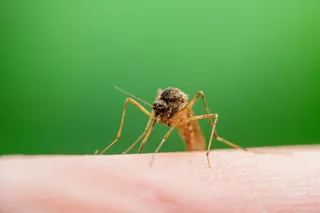Lupus is an autoimmune disease that can affect women nine times more often than men, often turning up in women in their 20s and 30s. It can cause joint pain, rashes, fatigue, and damage to organs — especially the kidneys. The root cause is still unclear, but it may have to do with genetics.
“[Lupus] can cause injury to a number of different organs, all mediated by this particular autoimmune process,” says Deepak Rao, a rheumatologist at Harvard Medical School.
New research is improving doctors’ understandings of how lupus hijacks the immune systems of patients and could lead to a new treatment that targets the pathways involved in the autoimmune disease.
“Lupus is difficult to diagnose, difficult to treat, with therapies that aren’t exceedingly effective in many patients,” says Rao.
Researchers know that lupus is an autoimmune disease – it does damage to the bodies of patients not by shutting ...















